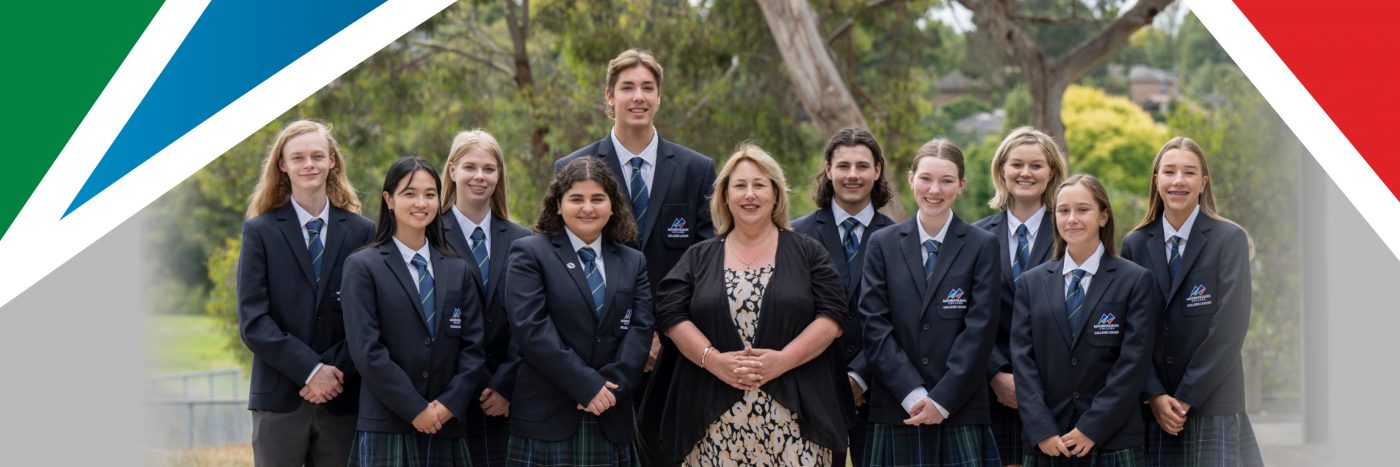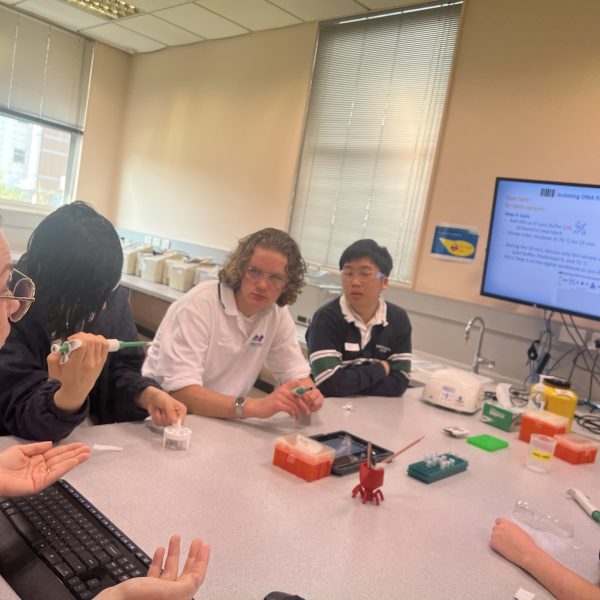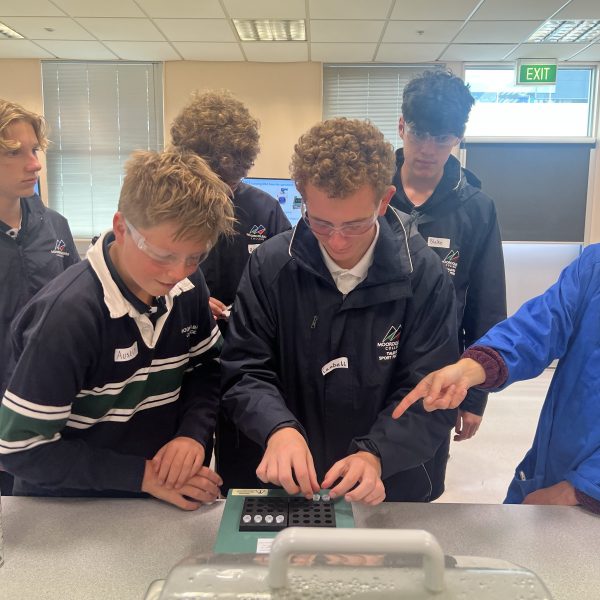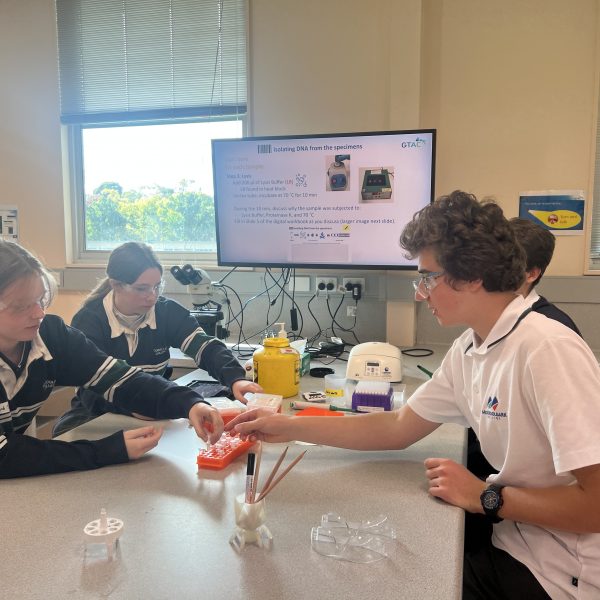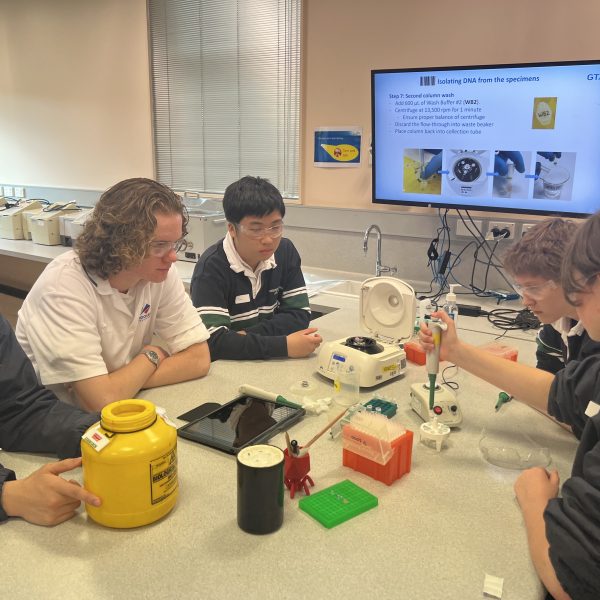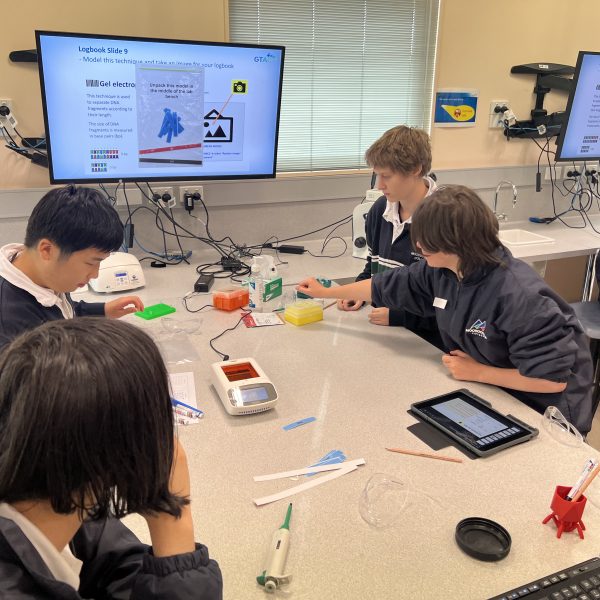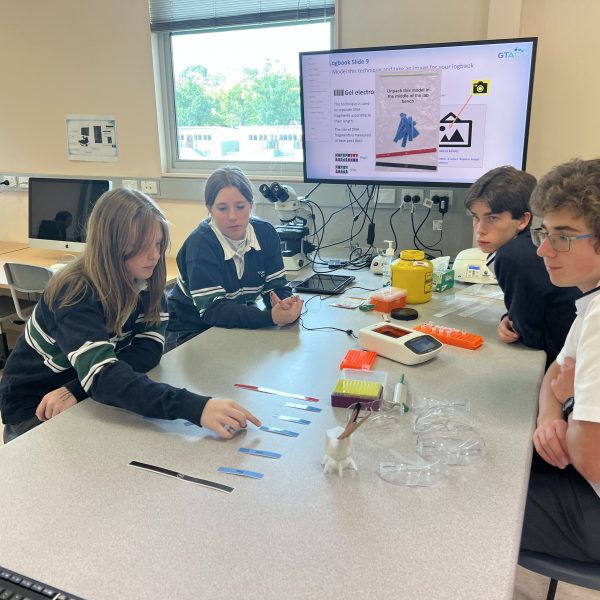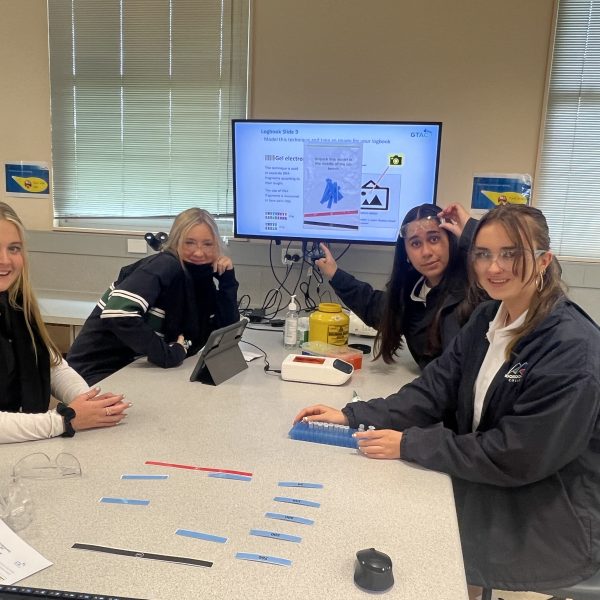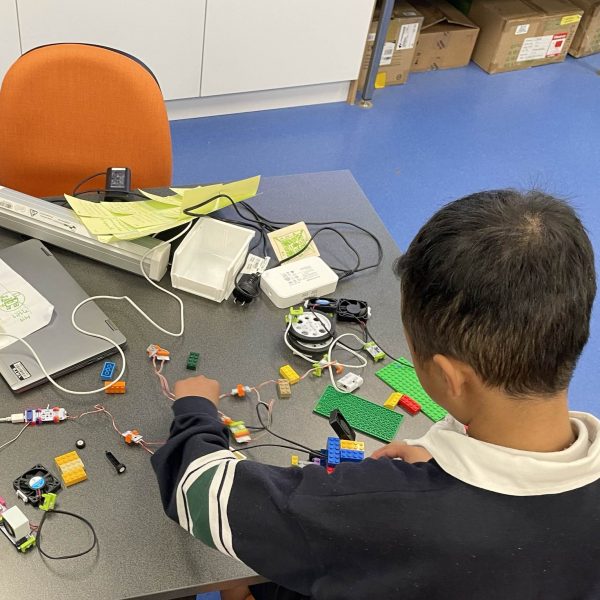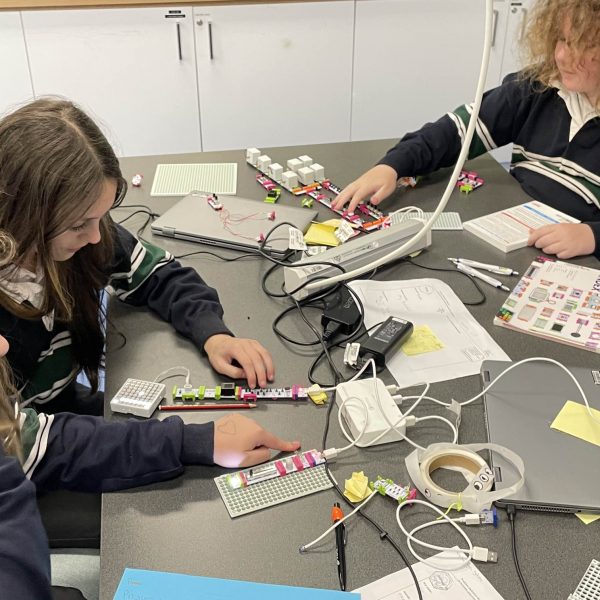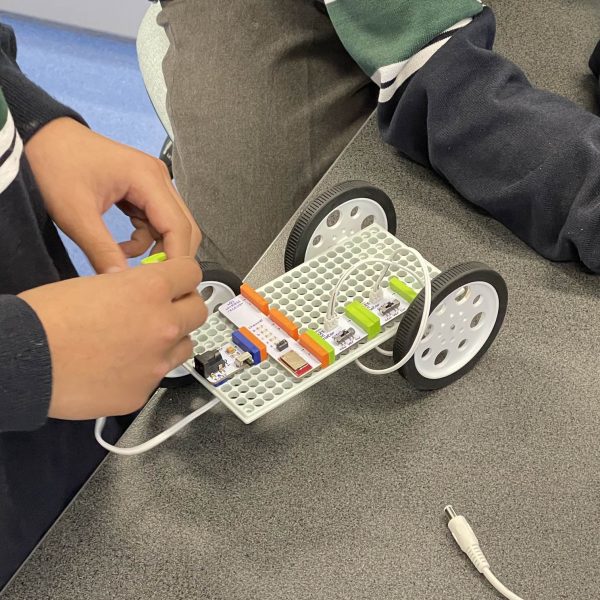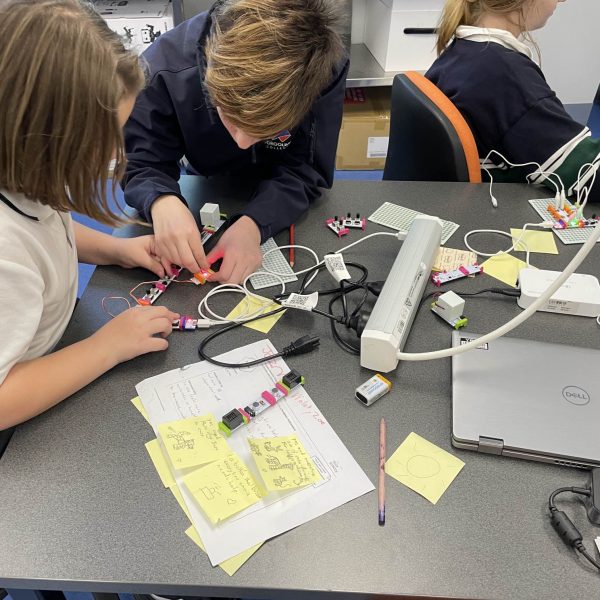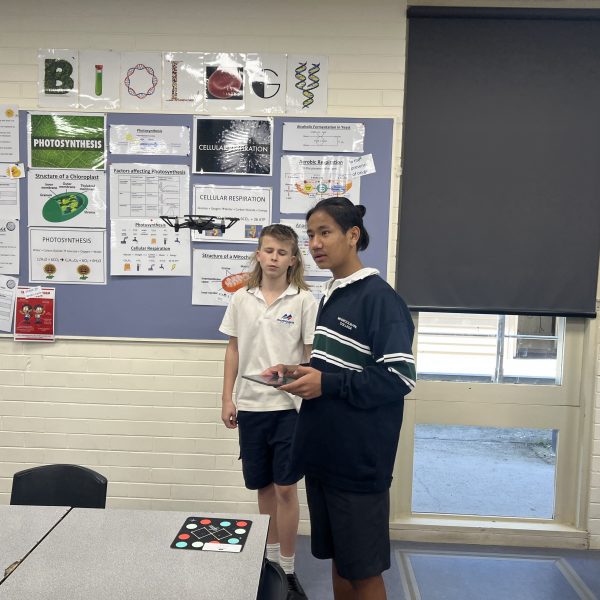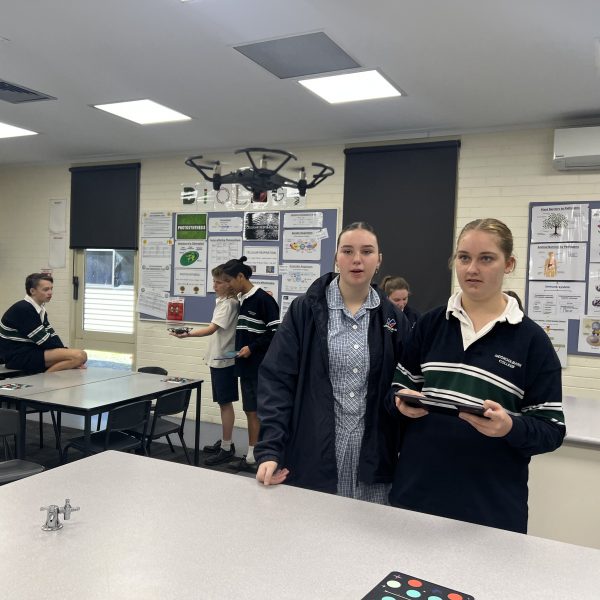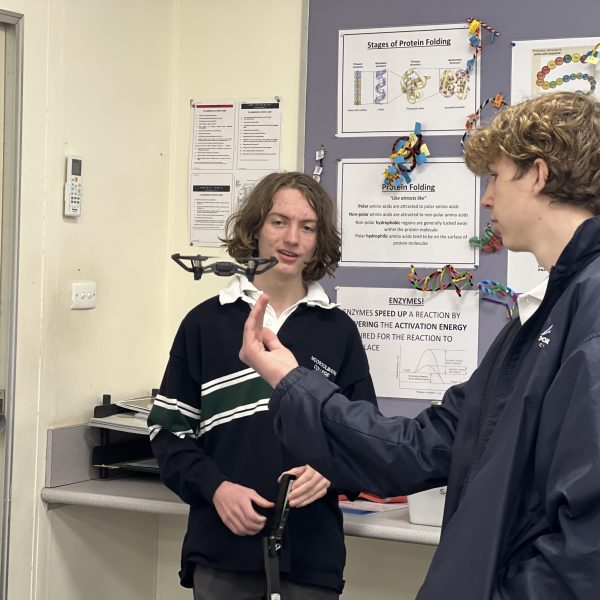STEAM
Term 2 has started busy in the STEAM space. We continue to bring events that expose our students to a range of STEM dispositions.
The Year 8 students in Digital technology classes undertook a two-day course called High Tech Hospital where they were challenged to think about the future hospital and how technology can improve efficiency in hospital operations and boost patient morale. Students learnt about the systems behind such technologies and how they operate using programming techniques. Students were also introduced to robotics, coding, and electronics and then applied their knowledge to develop solutions to the challenge. The experience had a wide range of Industry Alignment such as Electronics, Programming, Robotics, Health Services, and Telecommunications.
Year 9 students in Innovate Science have started working on a Drone Rescue Mission which has several checkpoints where the final checkpoint will engage students in designing a Rescue Mission to deliver medical supplies to the village of Pyuthan in Nepal. Students have already researched and compared the GDP (Gross Domestic Product), PQLI (Physical Quality of Life Index), and HDI (Human Development Index) for Nepal compared to Australia. Students also explored the United Nations Sustainable Development Goals and the ones most relevant to the people of Nepal. For the final checkpoint, students will be deeply immersed in coding in Drones where they will design their path for the successful delivery of medical supplies in otherwise hard-to-access areas.
Around 22 students from Years 9 and 10s visited GTAC where they took part in a program related to DNA barcoding which is a part of the Victorian Challenge and Enrichment Series. Students worked with researchers from the University of Melbourne to generate DNA barcodes. Prior to the workshop students undertook two online courses that explored the fundamentals of the structure of DNA and the key principles of the Polymerase Chain Reaction (PCR). During the onsite workshop students practiced skills in Molecular Biology and generated DNA barcodes from plant and animal specimens. The final component is an in-house workshop where all 22 students will be undertaking a virtual workshop to analyse the DNA barcode sequences.
Tooba Awais
STEAM KEY LEARNING HEAD

